The Scuderie del Quirinale in Rome welcomes the exhibition Napoli Ottocento. Degas, Fortuny, Gemito, Mancini, Morelli, Palizzi, Sargent, Turner, open from March 27 to June 16, 2024, curated by Sylvain Bellenger together with Jean - Loup Champion, Carmine Romano and Isabella Valente. The exhibition project has been coordinated by the Scuderie del Quirinale and the Museo e Real Bosco di Capodimonte, with the collaboration of the Galleria Nazionale d’Arte Moderna e Contemporanea, the Direzione Regionale Musei Campania, the Accademia di Belle Arti di Napoli and the Stazione Zoologica Anton Dohrn. The proposal is part of the Scuderie del Quirinale’s mission to narrate the multiple artistic civilizations that have characterized Italy throughout its history. Through a selection of 250 masterpieces, the exhibition celebrates the key role of Naples in the European art scene, especially in the19th century. The exhibition embodies the synthesis of the exceptional artistic vitality of a city that has continued to attract all the greatest artists active in Europe or from the youngest North American schools, who came to experience the inescapable discovery of Pompeii and Herculaneum and then were thunderstruck by the bursting beauty of the Campanian landscape.
The splendor of Campania inspired artists such as Constantin Hansen, Silvestr ŠÄedrin, Simon Denis, Karl Böhme, Ludwig Catel, William Turner, Thomas Jones, Thomas Fearnley, Eduard Hildebrandt, Hans von Marées, John Singer Sargent, the naturalist painters of Posillipo, Portici and Resina, Anton van Pitloo, Giuseppe De Nittis, Ercole and Giacinto Gigante, Teodoro Duclère and Salvatore Fergola. The exhibition highlights painter Edgar Degas, who always emphasized his adherence to the realist movement rather than being called an impressionist. With Neapolitan roots, Degas spent crucial periods in Naples, enriching his realism. The focus on his relationship with Naples, highlighted through the collaboration of the Musée d’Orsay, the Art Institute of Chicago and the Cleveland Museum of Art, offers the opportunity to view five celebrated works by the ’Neapolitan Degas,’ including the rare View of Castel Sant’Elmo from Capodimonte at the Fitzwilliam Museum in Cambridge. The exhibition devotes three decisive sections to the theme of the neo-Pompeian historicist imagery that reinvents themes or spreads the style of artifacts found in the buried cities, the neo-Greek idealist imagery, steeped in evocation and elegy, and the Orientalist imagery, which aroused so much fascination in Domenico Morelli. The path from academicism to realism finds, at the culmination of its verist progression, an arrival at solutions of undoing figurative exactitude achieved by the prevalence of the material aspects of painting in the works of Antonio Mancini. Naples, in the 19th century, emerges as an important scientific and artistic center. Artworks predating postwar informal art, such as those by Medardo Rosso, anticipate the material qualities explored by Fontana and Burri. The exhibition then offers an immersion into the distinctiveness of the Anton Dohrn Zoological Station, with Stefano Gargiulo’s video installation mixing scientific depictions of marine fauna with the neo-Hellenic decorations of Hans Von Marées and Adolf Hildebrandt.
In the first quarter of the 20th century, Antonio Mancini revolutionized painting by directly incorporating raw material into his paintings, replacing the traditional portrayed subject with the material itself. Meanwhile, the political and economic context of the time exerted an important influence on art, helping to transform Naples into an increasingly European city thanks to the many urban renewal projects underway. The exhibition “From the Sublime to Matter” offers the public a deep immersion in nineteenth-century Neapolitan art, exploring the evolutionary path from the sublime artistic concept to the direct representation of matter itself. In addition, an evocative video installation created by Stefano Gargiulo welcomes visitors, showing Vesuvius in eruption as an emblematic symbol of the sublime and material power. “Napoli Ottocento” represents the synthesis of this period full of fascination and contradictions, offering a unique opportunity to admire works of inestimable artistic and historical value.
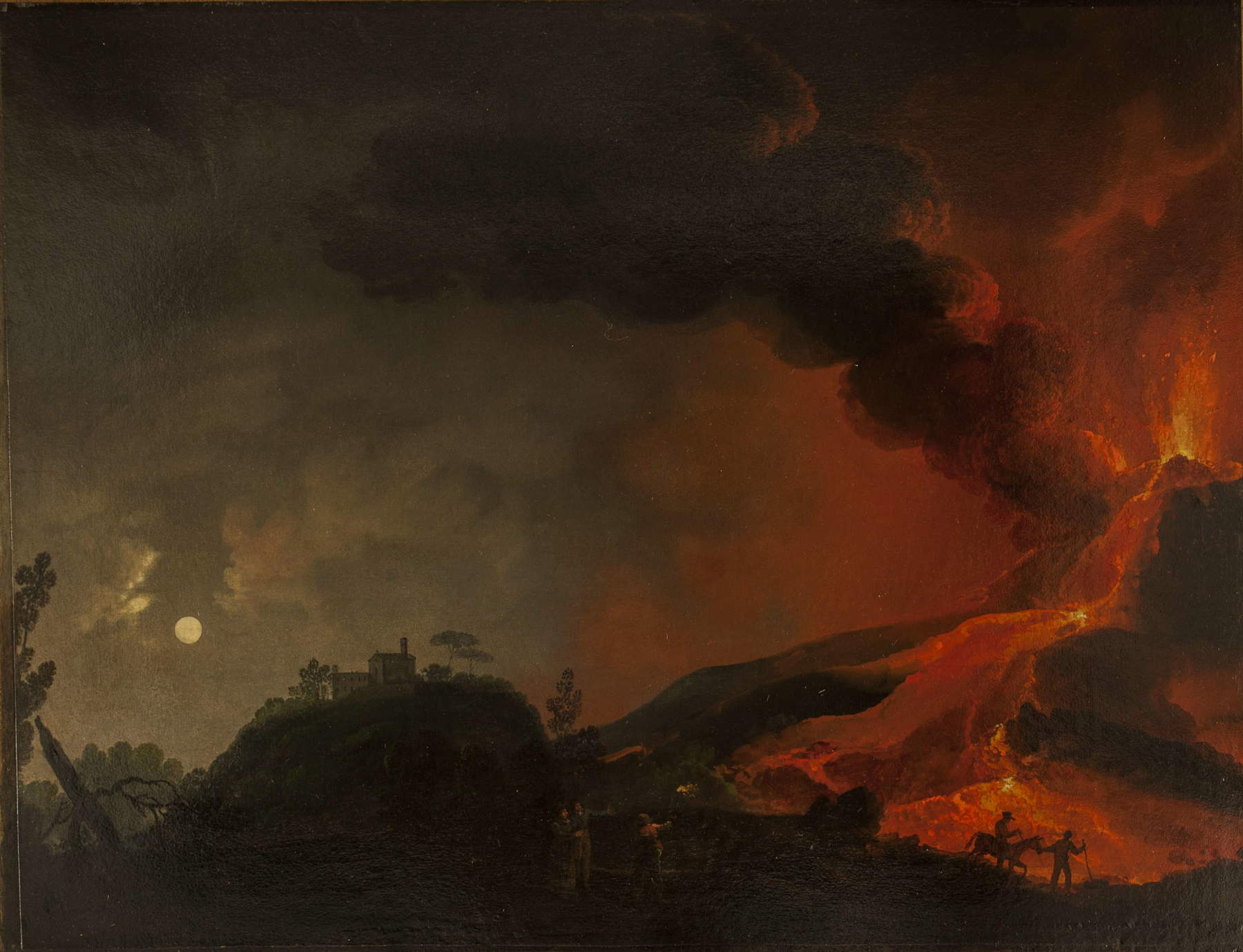
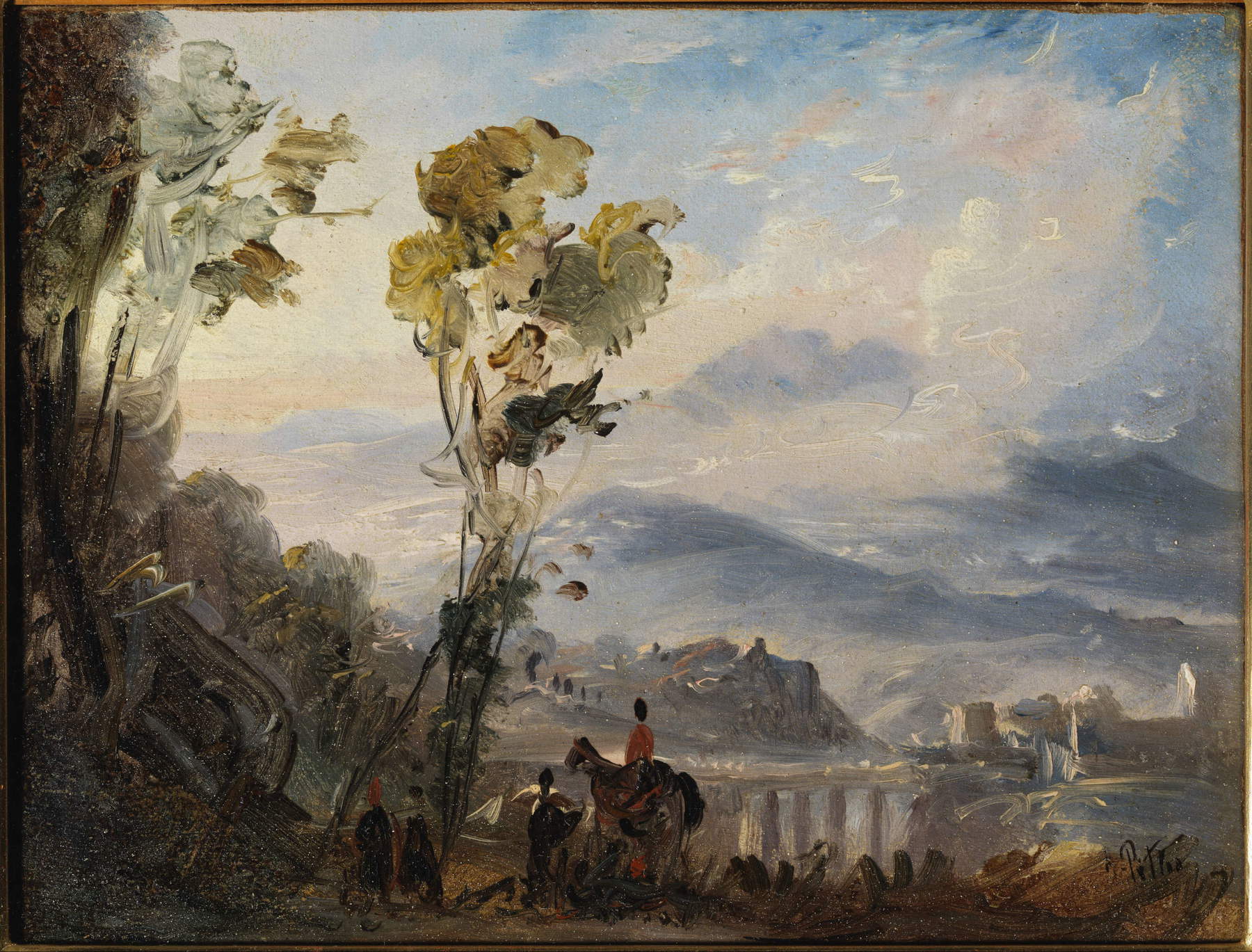
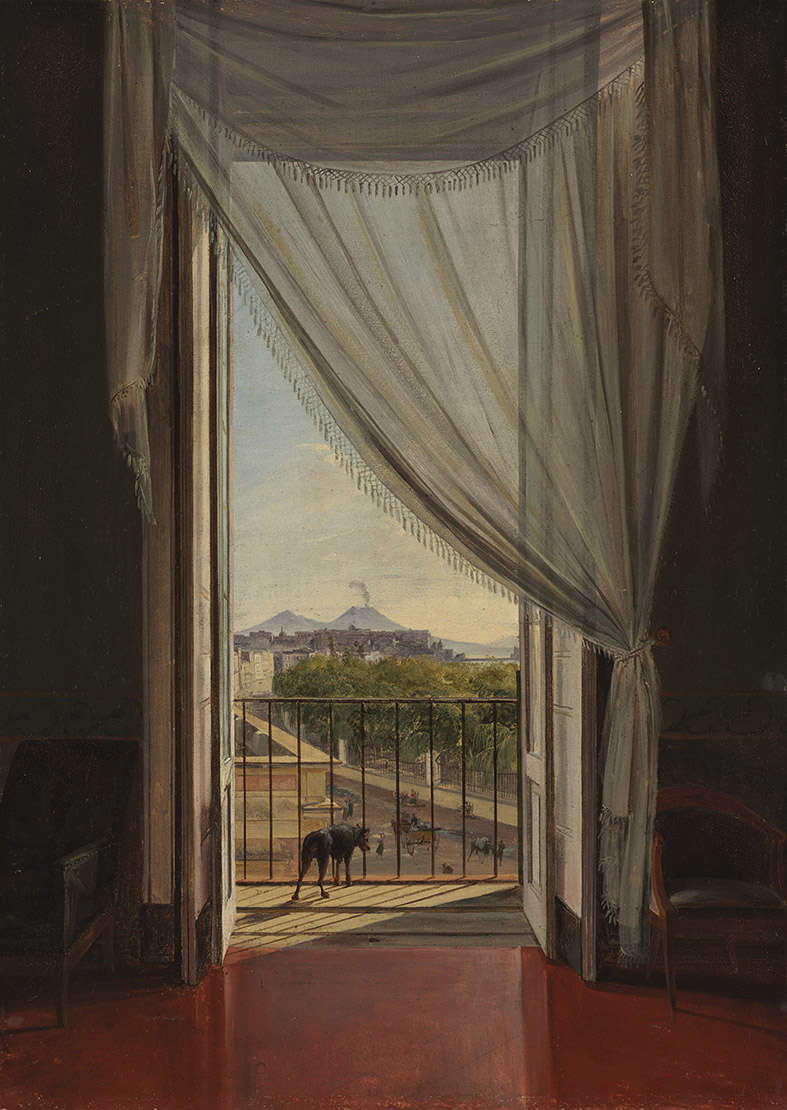
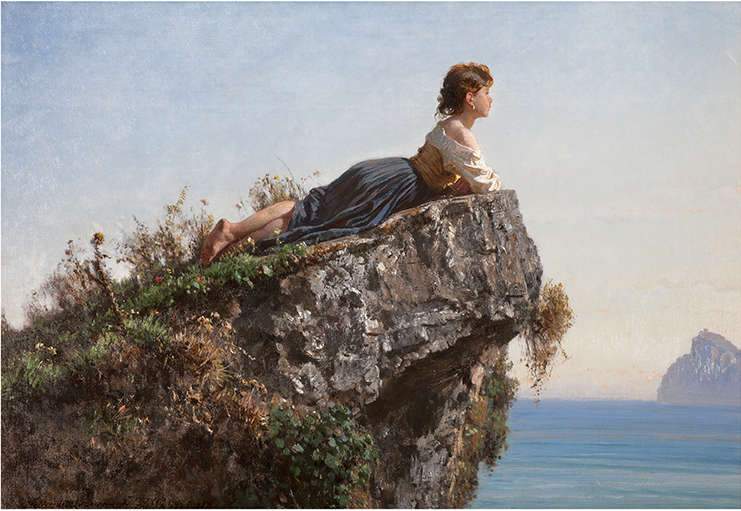
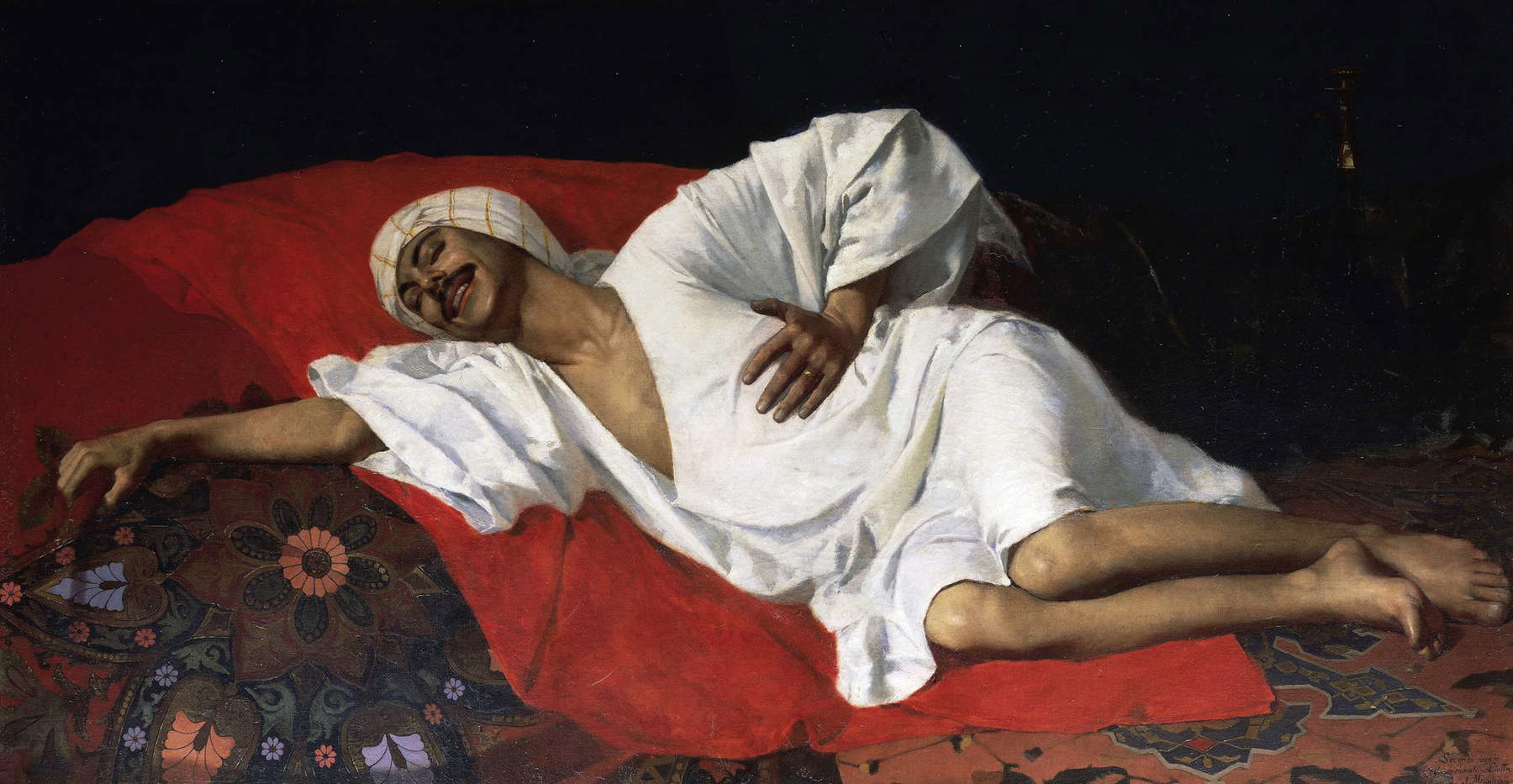
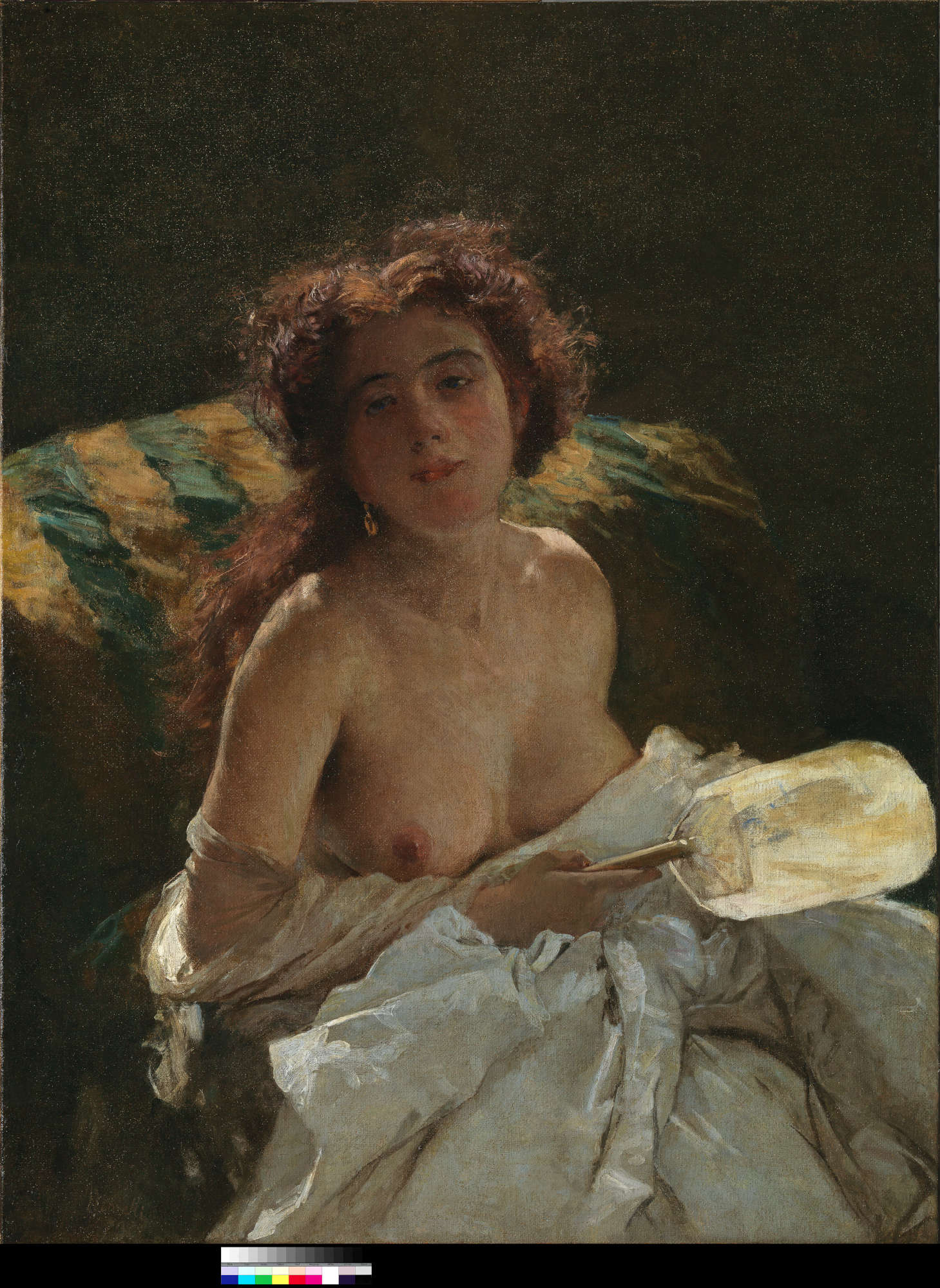
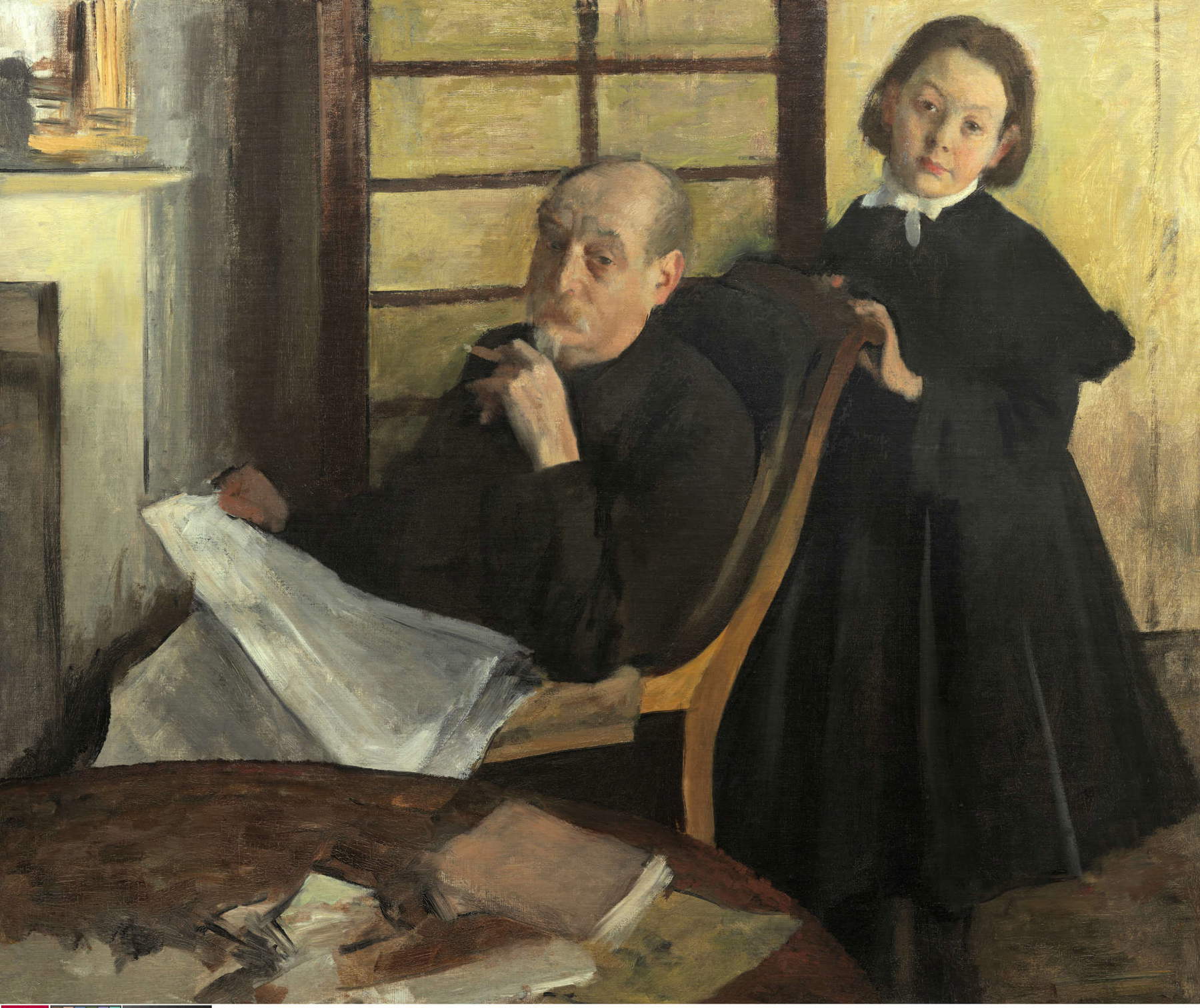
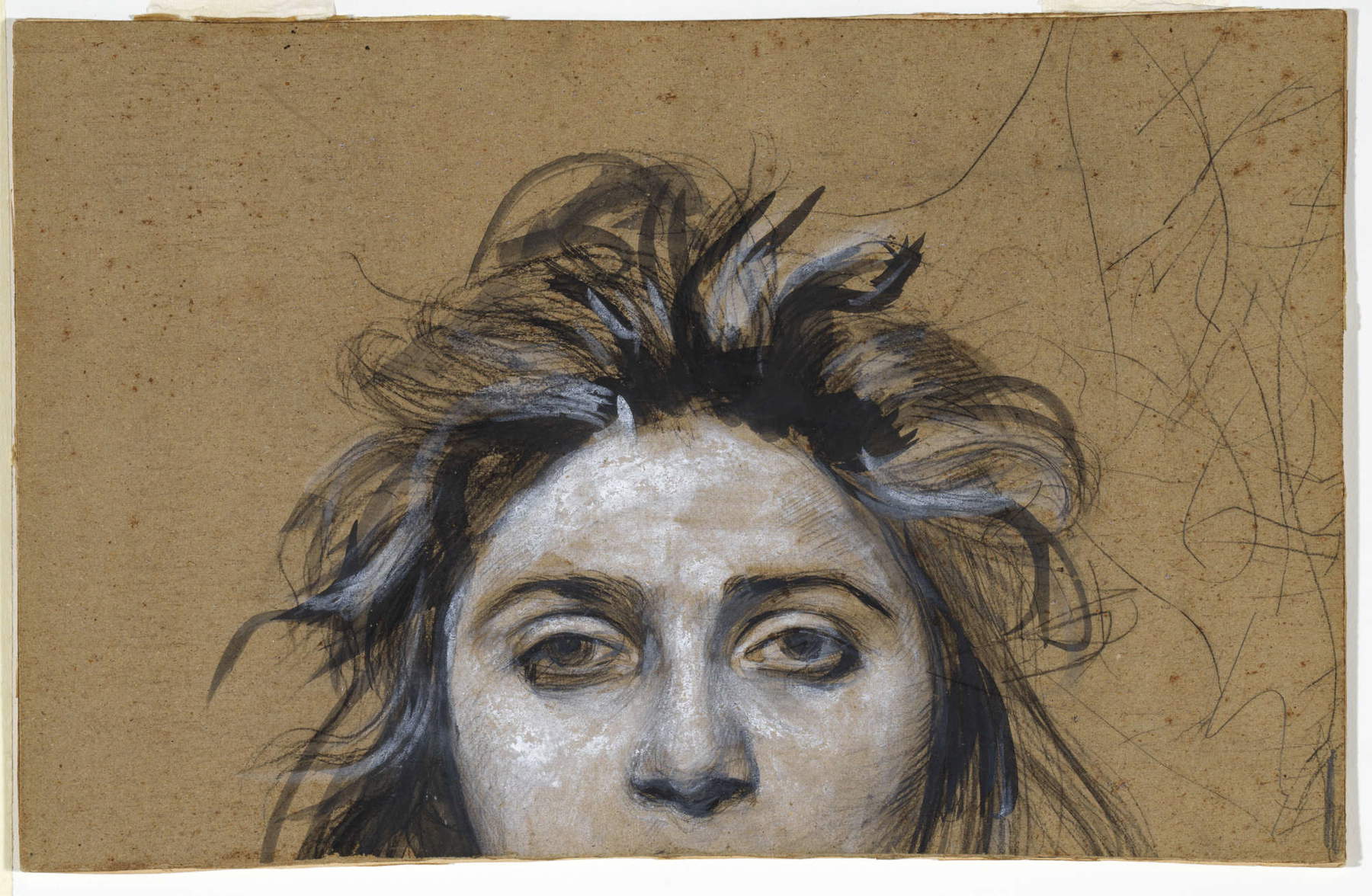
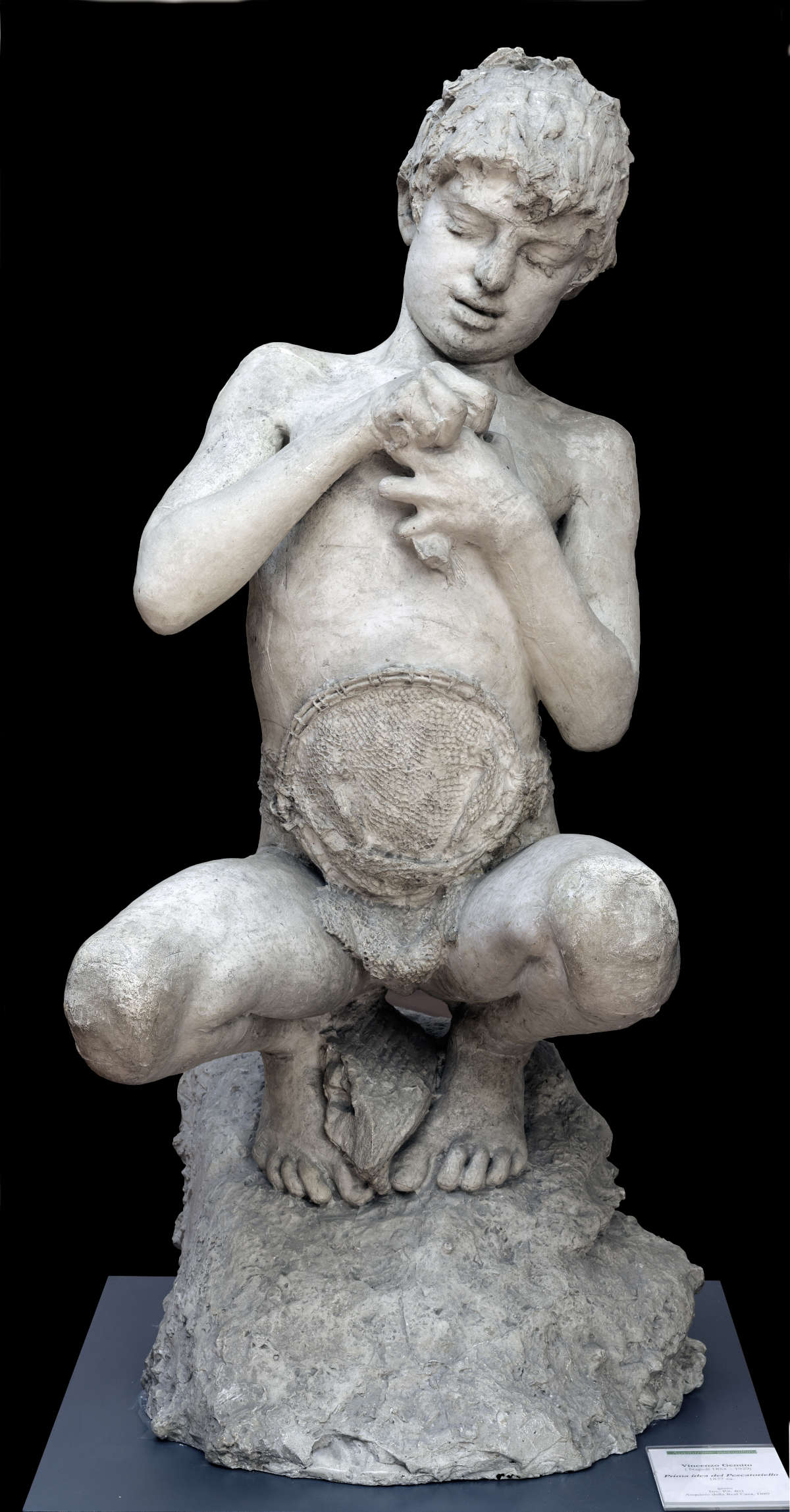
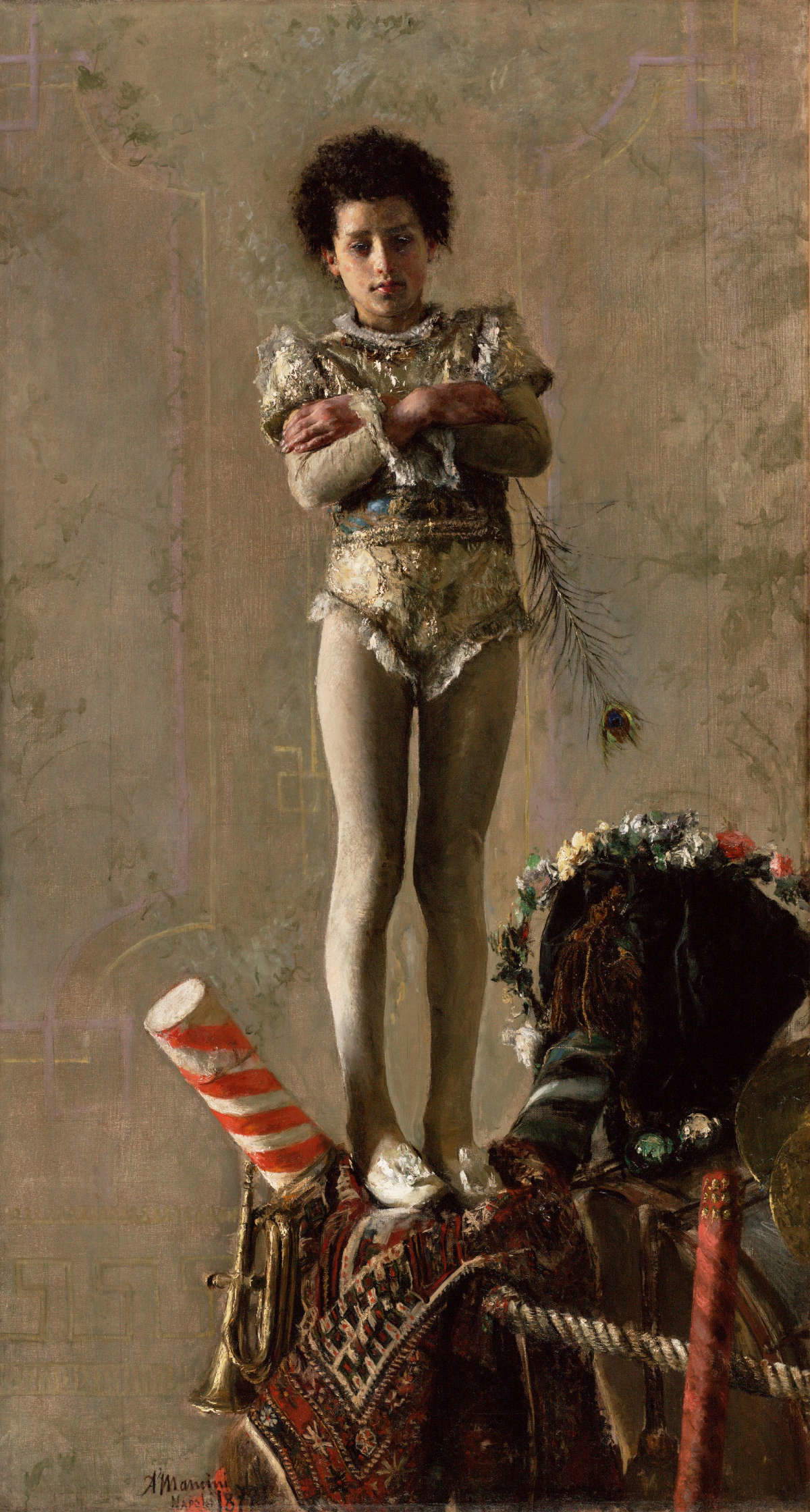
“An exhibition, conceived at the end of the pandemic and dedicated, not by chance, to one of the most vital and beloved cities, which recounts Naples in its vocation as a great capital and once again marks the fruitfulness of the presence of the Scuderie del Quirinale in the Ministry of Culture system, this time through joint organization with the Museo e Real Bosco di Capodimonte and collaboration with the Galleria Nazionale di Arte Moderna e Contemporanea and the Direzione Regionale Musei della Campania,” said Mario De Simoni, Scuderie del Quirinale director general
“The exhibition is the product of tireless selection and research work by the curatorial and organizational team: a great tribute to Neapolitan figurative civilization, its enduring vitality, and its unparalleled ability to seduce the whole of Europe and beyond,” said Matteo Lafranconi, Director Scuderie del Quirinale.
“An ambitious project that exhibits the works of a century that is too little known: the Neapolitan 19th century. Nineteenth-century Naples inherited both the cosmopolitan history of Campania and the realist tradition of the Neapolitan Baroque school. Aesthetics dialogued closely with science, and pre-positivist dynamics in the exact sciences contrasted with the legend of a city perceived as theatrical, irrational, and readily scaramantic. The attraction of ruins, the dazzling beauty of the Bay of Naples gave rise to the landscape schools of Posillipo and Portici. ’Plein Air’ realism transformed light into matter, before extending and radicalizing into the artistic, political, social and economic Verism of Italy’s Risorgimento and Unification. From Jacques Volaire to Philipp Hackert , from Anton van Pittloo to Thomas Jones, Filippo Palizzi , Giuseppe de Nittis, Domenico Morelli, and Gioacchino Toma, are just some of the painters featured in this exhibition, which offers many bold and illuminating comparisons, including one with Edgar Degas, studied for the first time in his Neapolitan family environment. Art objects and neo-Pompeian craftsmanship in bronze and ceramics the sculptures of Giuseppe Renda, Achille d’Orsi and, Francesco Jerace, Vincenzo Gemito, reveal a school that dominated verist Italy, while the virtuosity of Antonio Mancini shifted pictorial verism to the subject matter of painting itself opening the door, to the informal art of Lucio Fontana, Alberto Burri and the Vesuvian painter Salvatore Emblema,” said Sylvain Bellenger, curator.
 |
| Rome, Scuderie del Quirinale devotes exhibition to 19th century art in Naples |
Warning: the translation into English of the original Italian article was created using automatic tools. We undertake to review all articles, but we do not guarantee the total absence of inaccuracies in the translation due to the program. You can find the original by clicking on the ITA button. If you find any mistake,please contact us.